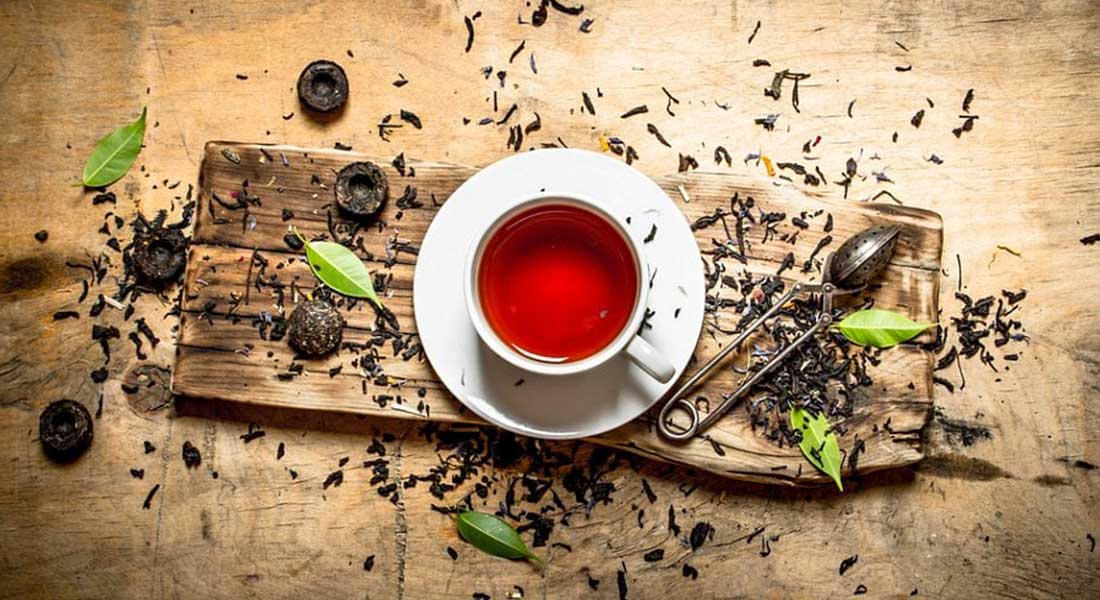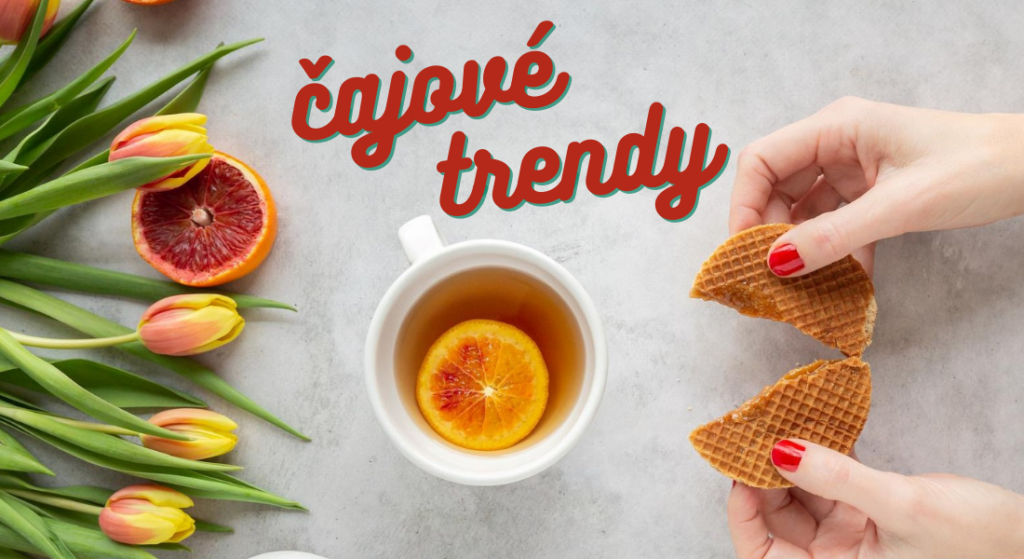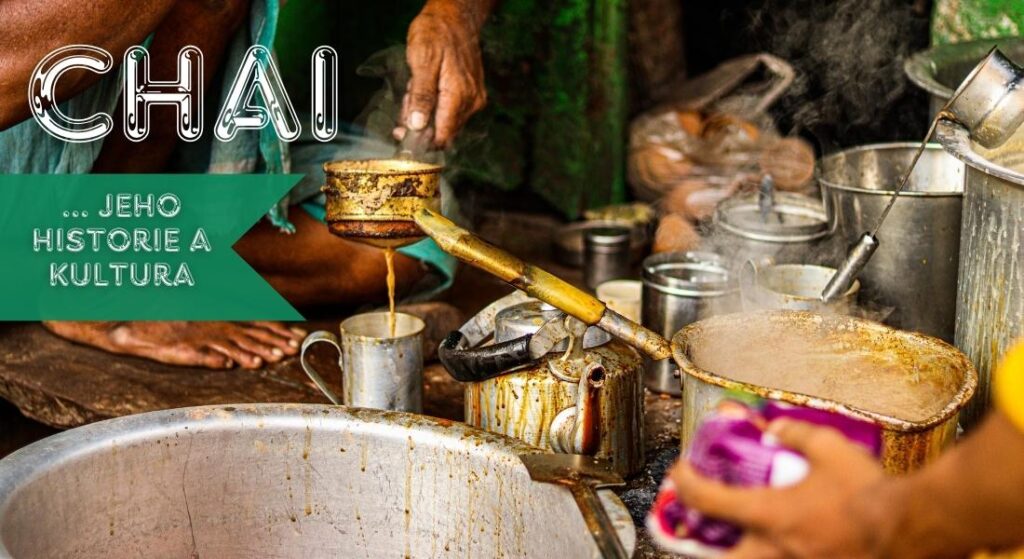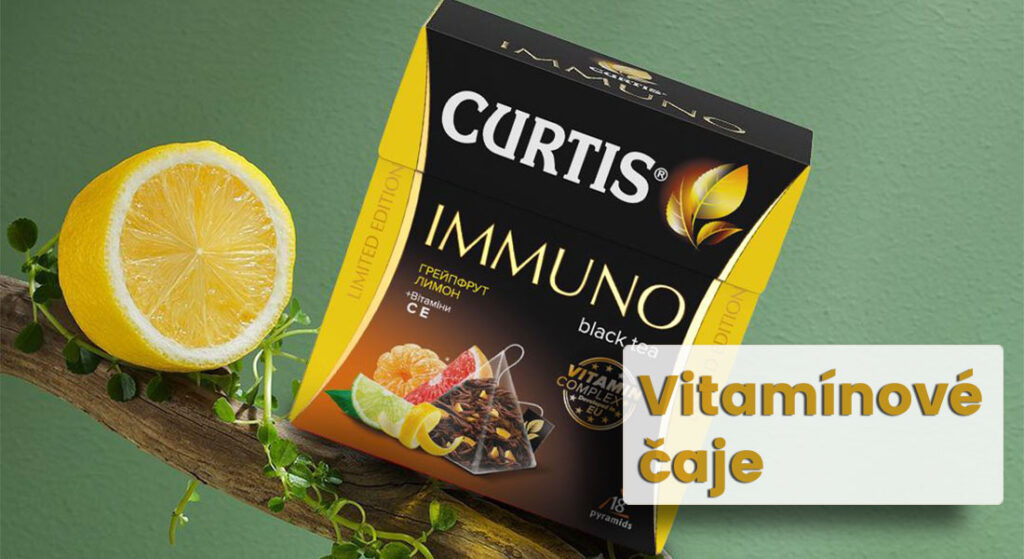Tea's roots go back to China
Pu-Erh čaj se pěstuje v čínské provincii Jün-nan, která je známá svým specifickým klimatem a vysokou nadmořskou výškou. Je nejstarším známým čajem na světě. Název získal podle města Pu-Erh, kde se tento čaj zpracovával už v době dynastie Tchang (618-907). Jeho atypicky široké lístky se sbírají ze starobylých stromů zvaných TA-JIE, doslovně přeloženo jako VELKÝ LIST.
Mention of this tea can be found as early as the 4th century AD. It was prepared from large green leaves that were pressed into a cake shape and then left to ferment until they turned a reddish brown color. Therefore, Pchu-Er is often referred to as red tea in China. To this day, tea is pressed into various shapes and manually wrapped in bamboo leaves. It is then stored. The older it is, the better and more valuable it is.
Druhy Pu-Erhu
Shu
Thanks to the longer ripening, which lasts approximately 50 to 90 days, it is characterized by its dark color and sweetly earthy taste, which depends on several factors. Especially on the method of preparation tea and its quality. With longer maceration, it acquires a dark, opaque color similar to strong coffee. This type of tea is very popular and the most widespread in the world.
Sheng
Pro tento druh čaje Pu-Erh je charakteristická zelená barva a medová, lehce ovocná chuť. Čím je starší, tím je jeho chuť zemitější. Patří mezi nejstarší a vysoce ceněné typy čaje, které se na světě vyrábí.
Interesting fact: most of these ripening teas were destroyed during China's Cultural Revolution. It differs from Shu in that it does not undergo additional fermentation. It is produced exclusively in compressed form and is wrapped in paper or bamboo. It ripens slowly in a natural way, when the leaves are left to rot. The following is the process of Sha-ching (literallykilling the green ), when the tea leaves are heated in a pan and then rolled. They are then left to dry in the sun.
Bílý Pu-Erh
These are pressed undeveloped buds of tea leaves called tips. Tipsy is harvested before the actual official tea harvest, when the tea leaves are not yet ripe. After harvesting, the tea leaves are left to be stored mainly at night instead of in the sun as usual. The taste is typically honey sweet and develops beautifully with each infusion. (Yes, this tea, like many others, can be brewed multiple times!) It smells of herbs and fruits. The color of the pickle is yellowish.
Zpracování čaje Shu Pu-Erh
The tea leaves are allowed to ferment in heaps (so-called Wo-tuej) at a precisely determined temperature and air humidity for several days to months. The leaves are then sorted, steamed and pressed. Next comes the important part of the process, where the leaves are stacked into a rectangle about 6 meters long and about one meter wide, and layered up to a height of about half a meter. They are thoroughly sprinkled with water and covered with a tarp.
This starts the fermentation process which lasts 50 to 90 days at a temperature of 60°C. Then the fermented leaf is torn over a large area and dried for two weeks. Subsequently, the tickets are sorted again. Depending on the desired form, the resulting product is either pressed into the desired shape or packaged as loose tea. From the description of the processing, it is already clear why Shu Pchu-Er is so unique. No other tea undergoes as many demanding procedures as it.
Chinese penicillin
Zdánlivě nekonečná práce ale není jen tak pro nic za nic. Vedle své typické chuti má i mnoho zdraví prospěšných látek. Čaj Pu-Erh je bohatý na vitamíny skupiny B, minerály draslík, fosfor a hořčík. Snižuje hladinu cholesterolu v krvi, odbourává tukovou tkáň, pročišťuje a posiluje imunitní systém. Pozitivně pomáhá při trávení. V čaji byla objevena i přírodní antibiotika, která mohou napomáhat při léčení chorob. Ne nadarmo se mu přezdívá čínský penicilin.
For the tea to work best, consume it as soon as possible after brewing. The effects may weaken as it cools, so it is always advisable to prepare fresh tea directly into the cup, and not to boil it in advance. It goes without saying that the correct preparation procedure is followed:
Na 1l čaje Shu Pu-Erh od značky Richard zalejte 4 lžičky čaje vodou o teplotě 95°C. Nechte louhovat podle preferencí 5-7 min a vychutnejte si vynikající "vintage“ černý čaj. Jemná chuť, vyvážené specifické dřevité aroma s tóny sušeného ovoce a vlašských ořechů. Dodává energii a čistí mysl.



















